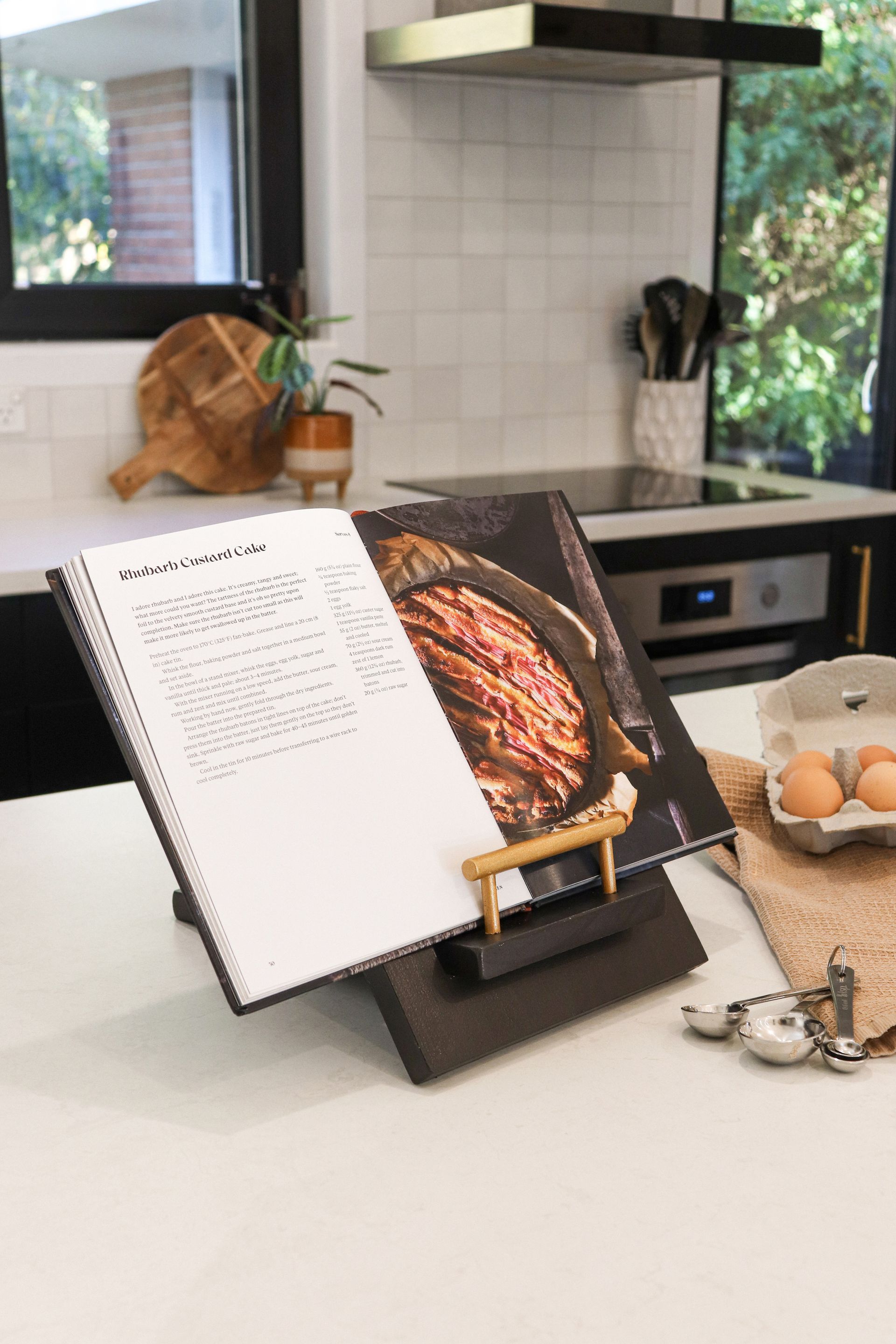If you have out-of-town visitors staying this summer, or if you simply want to find out more about Christchurch history and culture, get your sneakers on and join a Walk Christchurch guided tour of the central city.Stains and oils protect your exterior timber from the weather and help make sure that your timber stays in better shape for longer. Whether you need UV resistance, protection from the weather or mould resistance, staining or oiling your exterior timber makes a huge difference to how your timber looks as well as how long it will last.
So much has changed in Christchurch since the earthquakes that even local residents can easily get a bit out of touch with the city’s latest developments. I suspect many of us have gaps in our understanding of the rebuild and how it has shaped today’s cityscape.
For a refresher on Christchurch, old and new, Walk Christchurch is offering a guided tour of the highlights, departing daily at 1 pm through December from the red kiosk outside Canterbury Museum (Adults $15, ages 12–16 $10, under 12 free). Designed for small groups of people (up to eight), the 2.5 km walk takes around one and a half hours and incorporates Māori and early European history, the 2010–11 earthquakes and the post-earthquake city. Other small group guided walks are available by arrangement, including a longer ‘Classic Christchurch’ tour and a relaxing ‘River Promenade’ along the Avon River.
One lovely bonus is that a portion of every walking tour fee gets donated back to the city. Walk Christchurch recently donated $10,000 to the Arts Centre Trust.
Awarded a 2020 Tripadvisor Travellers’ Choice award, Walk Christchurch ranks in the top 10 of 120 activities in the Christchurch region. It’s a fantastic endorsement, reflecting the considerable experience and knowledge of the group’s dedicated volunteer guides.
‘Our guides are mostly retired people, from various backgrounds, who have an interest in Christchurch history and the rebuild and want to share their enthusiasm for this wonderful city,’ says Chair of Walk Christchurch Anne Goldstein, who is herself proudly Christchurch born and bred.
In past years, Walk Christchurch has guided upwards of 2,000 people a year through the central city, many of them tourists from Australia, Europe and the United States. COVID-19 has had a big impact on international tourism this year, but Anne hopes domestic visitors and locals will step forward this summer to check out what they’ve been missing.
‘Many people don’t really know their own city. A lot of people were pretty negative about coming back into the CBD after the earthquakes. We would be happy to show them what’s changed and I think they’d be amazed and pleasantly surprised at what has been done.’
Retired school teacher Wendy Dalley is one of Walk Christchurch’s longer serving guides and she also takes a lead in training new volunteers for the role. She’s been walking the city beat and guiding groups now for some 15 years.
‘We used to have a kiosk in Cathedral Square but moved to the museum location after the February 2011 earthquake,’ says Wendy, who recalls how the group’s guided walks in pre-earthquake days had a much stronger focus on heritage buildings.
‘We used to go into the provincial government buildings and that provided a real “wow factor” at the time…After the earthquakes, we had to change tack completely as we couldn’t even get into the middle of the city! We started at the museum and were still allowed to go into the dining hall of Christ’s College and rearranged the tour to do a big oval on the city’s western side.’
Gradually, the cordons lifted and new projects began to come on stream. This year marks the first since the earthquakes that walking tours have not needed to be updated to reflect rebuild activity.
‘The city has developed so beautifully. We changed our tours from being historical to looking at the past, present and future. Now we’re in the future.’
Walk Christchurch owes its start to James Jameson, who first saw a need in the 1980s to provide a friendly, personal, informative commentary for city visitors. He set up a yellow wooden sign outside Christchurch Cathedral and began offering city walks. More guides joined him and so the group became established.
Today’s volunteers continue to share a passion for the city’s people and places. ‘We love our beautiful, unique city, and we enjoy meeting people from other places and telling stories of the city as we walk around it.’
Book your guided walk at walkchristchurch.nz
Words Kim Newth / Images Walk Christchurch
Recent stories






